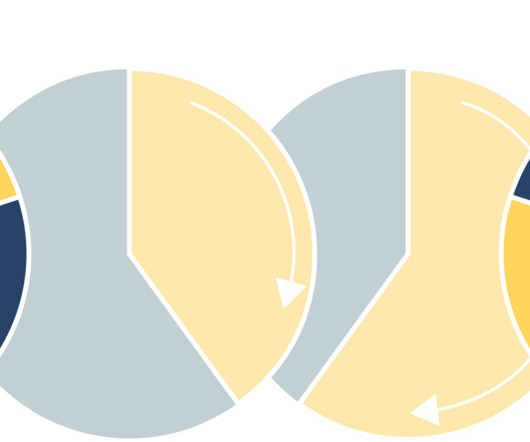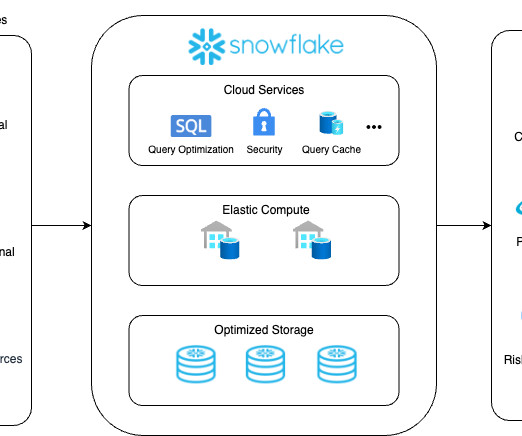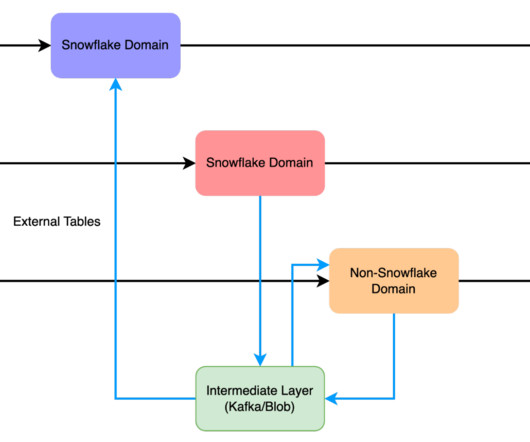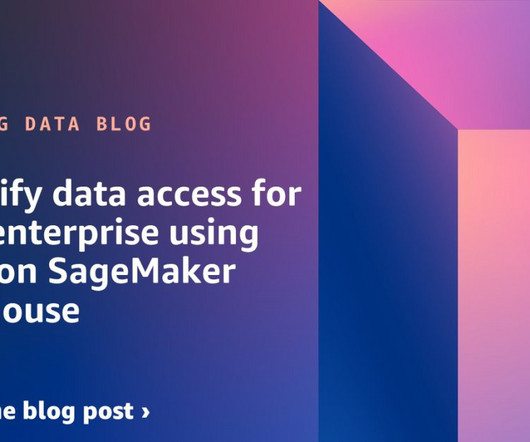Drowning in Data? A Data Lake May Be Your Lifesaver
ODSC - Open Data Science
SEPTEMBER 29, 2023
Data management problems can also lead to data silos; disparate collections of databases that don’t communicate with each other, leading to flawed analysis based on incomplete or incorrect datasets. The data lake can then refine, enrich, index, and analyze that data. and various countries in Europe.












Let's personalize your content